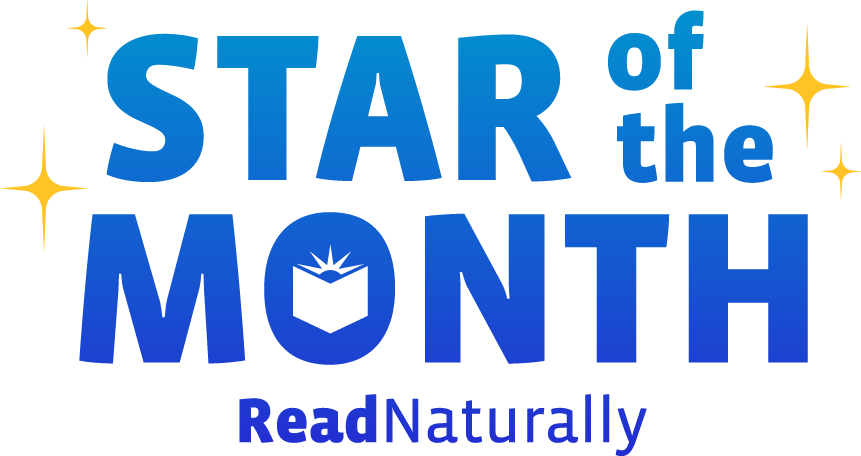This month, we’d like to highlight what makes our Read Naturally GATE (Group and Tutoring Edition) program so successful. Instead of telling you ourselves, we decided to ask an expert out in the field.
Read more Congratulations to Kennedy A. from Rimersburg, PA on receiving Read Naturally's December Star Student award. Kennedy is a sixth grader at Rimersburg Elementary School. It was Kennedy's motivation and enthusiasm that got her nominated for the Read Naturally Star of the Month program by her teacher, Ms. Hancock.
Read more Does your school use a Response to Intervention (RtI) framework for intervention? Are you seeing the results you anticipated? The findings from a new study may provide some helpful guidance.
Read more Nearly 25 years ago, Read Naturally founder Candyce Ihnot and her daughter Jane wrote the first-ever Read Naturally stories. The hardworking mother-daughter pair did research at the local library and penned stories at the kitchen table. As they worked together to create content they were proud of, they never imagined that these stories would someday be enjoyed by students across the globe. But that’s exactly what happened.
Read more “This book is too hard for you.” “This book isn’t at the right level.” Have you ever said these things to a student? Chances are, you have. As you know, a book at the wrong level can easily cause a struggling reader to feel frustrated or incompetent—which may lead to just turning the pages and looking at pictures. Thus, it’s often appropriate for a teacher to direct the student toward easier reading material. And yet, in some situations, a book that’s “too hard” is exactly the right choice. How do you know the difference?
Read more If you were asked to list some of the words your students frequently misspell, I’m sure several words would immediately come to your mind—words that you have corrected over and over again. The first words that come to my mind are the words said and they, and I would guess those words are on your list as well!
Read more Congratulations to Clarissa B. from Harrison, OH, for being awarded Read Naturally's November Star of the Month award.
Read more The other day I finished reading my six-year-old son a chapter of his favorite book, and he responded with, “Good job, Mommy!” It was cute… and slightly off-putting. A few years ago I resolved to stop “good jobbing” my kids so much, but I had apparently fallen back into the habit—and now they were “good jobbing” me. While there’s nothing wrong with a genuine, “Good job!” here and there, the tendency to dump empty praise on our kids all day long can be problematic.
Read more “I’m not smart enough.” “I’m not good at this.” Has a student ever said these things to you? How do you respond? Pinched for time, it may be tempting to flippantly disagree (“Sure you are!”) or brush the comments off. But taking the time to help the student change his mindset may be one of the most effective interventions you can make.
Read more We at Read Naturally know that “busy with limited budget” describes most, if not all teachers. That’s why we’ve worked hard over the years to develop top-notch digital tools for professional development. Many of these resources are free!
Read more  Share your student’s success story—nominate him or her for our Star of the Month award. Win a Barnes & Noble gift card for the student and a Read Naturally gift certificate for your class!
Share your student’s success story—nominate him or her for our Star of the Month award. Win a Barnes & Noble gift card for the student and a Read Naturally gift certificate for your class!